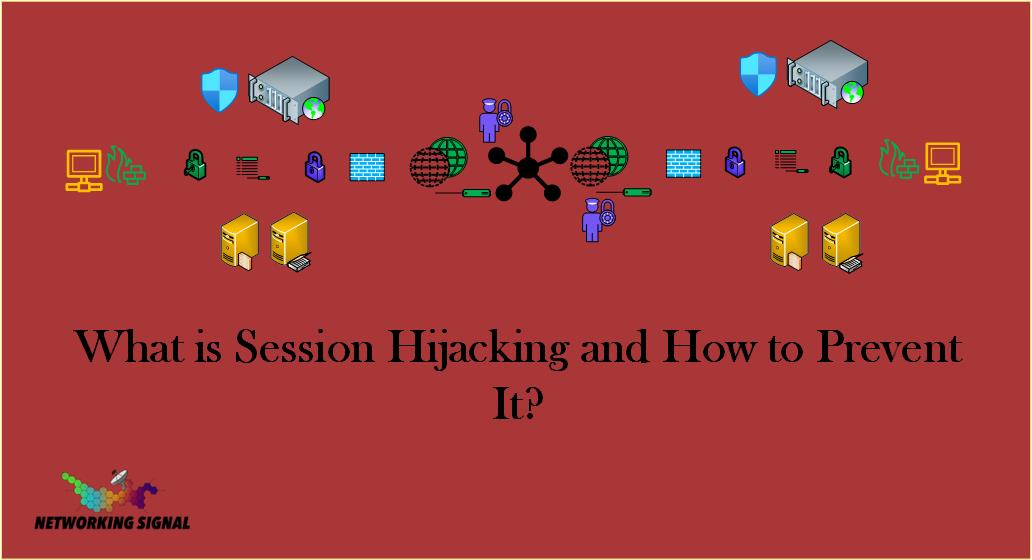What is Session Hijacking?
Session hijacking is a type of cyber attack in which an attacker takes control of a victim’s web session by stealing their session ID. This allows the attacker to access the victim’s account and perform any actions that they are authorized to do.
What are the Types of Session Hijacking?
There are two types of session hijacking:
- active
- passive
Active session hijacking is when the attacker takes control of the victim’s session while it is still active. They do this by intercepting the communication between the victim and the server and then impersonating the victim by using their session ID.
Passive session hijacking is when the attacker takes control of the victim’s session after it has ended. They do this by stealing the victim’s session ID from their browser or from the server. Once they have the session ID, they can use it to access the victim’s account and perform any actions that they are authorized to do.
What are the Methods of Session Hijacking?
There are two main methods of session hijacking:
- network sniffing
- cross-site scripting
Network sniffing is a method of monitoring data traffic on a network. This allows an attacker to see all the data being sent between the victim and the server, including the session ID. By intercepting the session ID, the attacker can take over the session and access the victim’s account.
Cross-site scripting (XSS) is a type of web application security vulnerability. It occurs when an attacker injects malicious code into a web page that is then executed by the victim’s browser. This can be used to steal the victim’s session ID and hijack their session.
How Does Session Hijacking Work?
Here are the steps that an attacker takes to hijack a victim’s session:
- The attacker finds a way to steal the victim’s session ID. This can be done through malware, phishing, or other means.
- The attacker uses the stolen session ID to impersonate the victim and gain access to their account.
- The attacker performs any actions that they want, such as changing the victim’s password or making unauthorized purchases.
How to Prevent Session Hijacking?
There are a few things that you can do to prevent session hijacking:
- Using HTTPS will encrypt the communication between the user and the server, making it more difficult for an attacker to intercept and steal the session ID.
- Use strong authentication methods, such as two-factor authentication. This makes it more difficult for an attacker to steal your session ID.
- Use a VPN or other security measures to encrypt your web traffic. This makes it more difficult for an attacker to intercept your session ID.
- Use a Session Token is a unique identifier that is generated for each user’s session. It is used to authenticate the user and authorize access to the account. If an attacker tries to hijack the session, they will not have the correct session token and will not be able to access the account.
- Keep your software up to date. This helps to close any security vulnerabilities that could be exploited by an attacker.
- Be cautious of phishing emails and other attempts to steal your personal information. Do not click on links or open attachments from untrustworthy sources.
- Log Out of Inactive Sessions will End an invalid session ID and creating a new one helps to prevent session hijacking.
Session hijacking is a serious threat to your online security. By taking some simple precautions, you can help to protect yourself from this type of attack.

